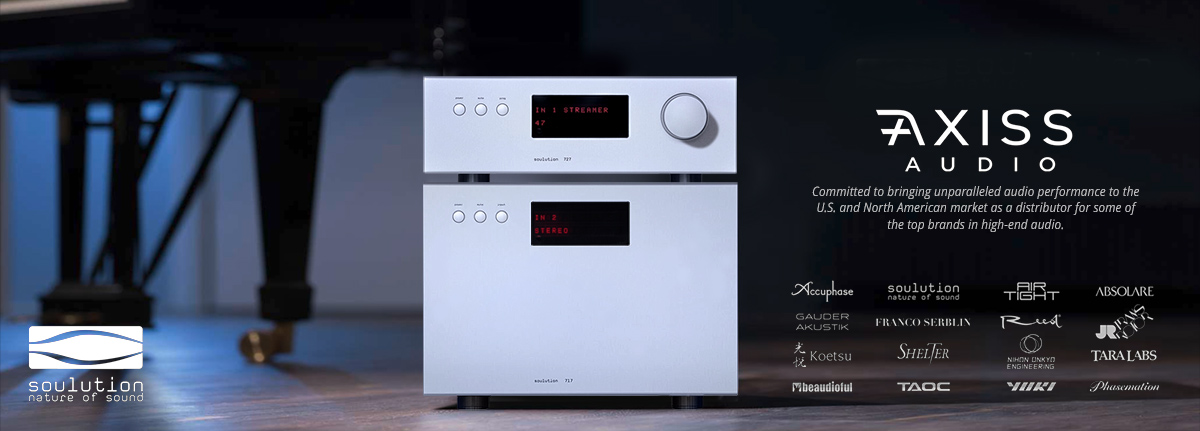I am amazed you call this 92 Db waveguide-tweeter-on-a-woofer a horn. In that case Audiophile Bill's focal maestro utopia at 93 Db were more sensitive horns
1) It is either 93 or 94db speaker (depending on where and when you look (I think the Mk2 might have been 1db lower but don't know for sure).
2) The tweeter horn is clearly a horn not a waveguide as it provides gain and is an exponential design...the size is perfect for the proposed cutoff (about 2Khz). It is the same horn design as used in the current Odeon Midas that is rated at 95db. This from a soft dome tweeter that is probably about 89db without loading.
3) The woofer is loaded with a back horn. This is a folded horn with a mouth that opens to the floor, which is why it doesn't immediately scream horn. The horn is probably about 2.5 meters long given the 40hz cutoff. The driver used is probably not more than 90db without horn loading, so again there is gain from the horn over a wide range. It is not vented, nor is it a transmission line, which is constructed quite differently. It is also not just a hollow box that is open at the bottom.
Why is it hard for you to accept that a horn can be made in a compact form? Because it doesn't have extremely high senstivity? Because you don't understand how it works unless there is a large bell staring you in the face? Bills maestro just uses relatively sensitive drivers...so what? The sound delivered from a horn is different regardless of the sensitivity...it has to do with the dispersion and the coupling to the room. The mouth firing down actually expands the mouth and enhances the bass power over a forward firing horn.
There are a couple of other companies who have and are using this concept, Dynamikks used to (3.x series and DB8 series), Tune audio does (Prime), Bastanis does (rothorn, wildhorn, matterhorn) and I have seen some other German horns (can't remember the name).
What you think and I think about the SQ of this kind of speaker is subjective but you talk about things you don't really understand and that is a problem...
















